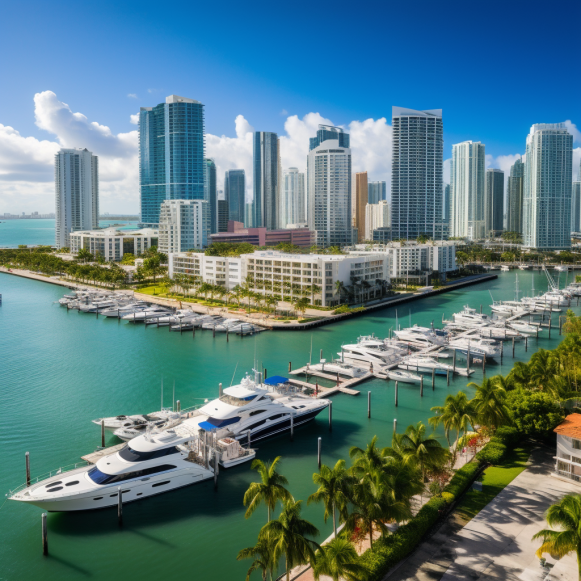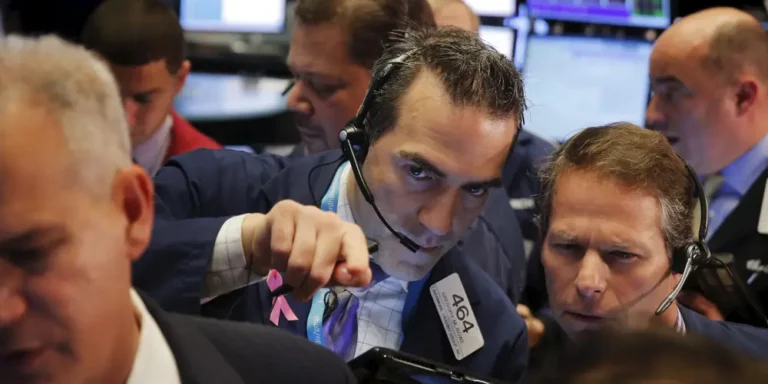UBS explains why Miami is one of the most overvalued real-estate markets in the world, and shares 15 other cities that fit the bill

- Miami ranks third in the world on the UBS Global Real-Estate Bubble Index.
- Home values are overvalued mostly because of high price-to-income and city-to-country price ratios.
- Los Angeles was the only other US city in the top 10 most-overvalued markets.
According to UBS, Miami is one of the world’s most overpriced real-estate markets.
In a September research note from the investment bank, Miami ranked third among 25 cities in terms of market value. Los Angeles was the only other US city identified as “overvalued,” ranking ninth on the list.
Miami is on the upper end of “overvalued” territory, with a score of 1.38 on the bank’s Global Real-Estate Bubble Index, and is approaching the “bubble” range of 1.5 and above. The city was last this overvalued during the mid-2000s housing bubble. The score for Miami is shown in green below, with Boston in blue and New York in grey.
The price-to-income ratio, price-to-rent ratio, change in mortgage-to-GDP ratio, change in construction-to-GDP ratio, and city-to-country home price ratio comprise UBS’s index. Miami’s two highest-scoring components — and the primary drivers of its high real-estate valuations — were price-to-income ratio and city-to-country home price ratio.
The city’s price-to-income ratio is high, according to UBS, due to high out-of-state and foreign demand for properties in the city.
“The most sought-after destinations in recent years are Singapore, Dubai, and Miami,” according to the report. “Rental and for-sale price growth stand out in those international demand hotspots.” Prices are up by up to 40%, and rents are up by 50%, compared to two years ago.”
The bank went on to say: “Miami is the main beneficiary of the increased attractivity of sun belt cities in the US.”
In terms of the city-to-country ratio, home prices in Miami outperform those in the rest of the United States, according to the bank.
“Housing prices in Miami have risen faster than the national average.” “The price level has more than doubled in the last ten years,” according to UBS.
Home prices in Miami have increased by 6% in the last year (as of the end of Q2). According to the S&P/Case-Shiller U.S. National Home Price Index, national home prices have remained completely flat over the same time period. According to data from the Census Bureau and the US Department of Housing and Urban Development, the median US home price fell 7.3% year on year from Q2 2022 to Q2 2023. The median home price in Miami is $575,000, according to Redfin data, while the national median is $412,001.
According to UBS, Miami’s price-to-rent ratio is less severe, and the United States’ mortgage-to-GDP and construction-to-GDP ratios are in fair-value territory.
Other indicators indicate that Miami’s real estate market is overpriced.
According to Moody’s, the city’s home values are 35% higher than their fundamental value, which is based on factors such as local income levels, household formation rates, and construction costs. When considering price levels relative to incomes, researchers at Florida Atlantic University discovered that property values in the city are overvalued by 38%, though they do not believe prices will crash to the extent that they did in the mid-2000s. According to John Burns Research, buyer demand in Miami may be dwindling due to domestic migration out of the city.






